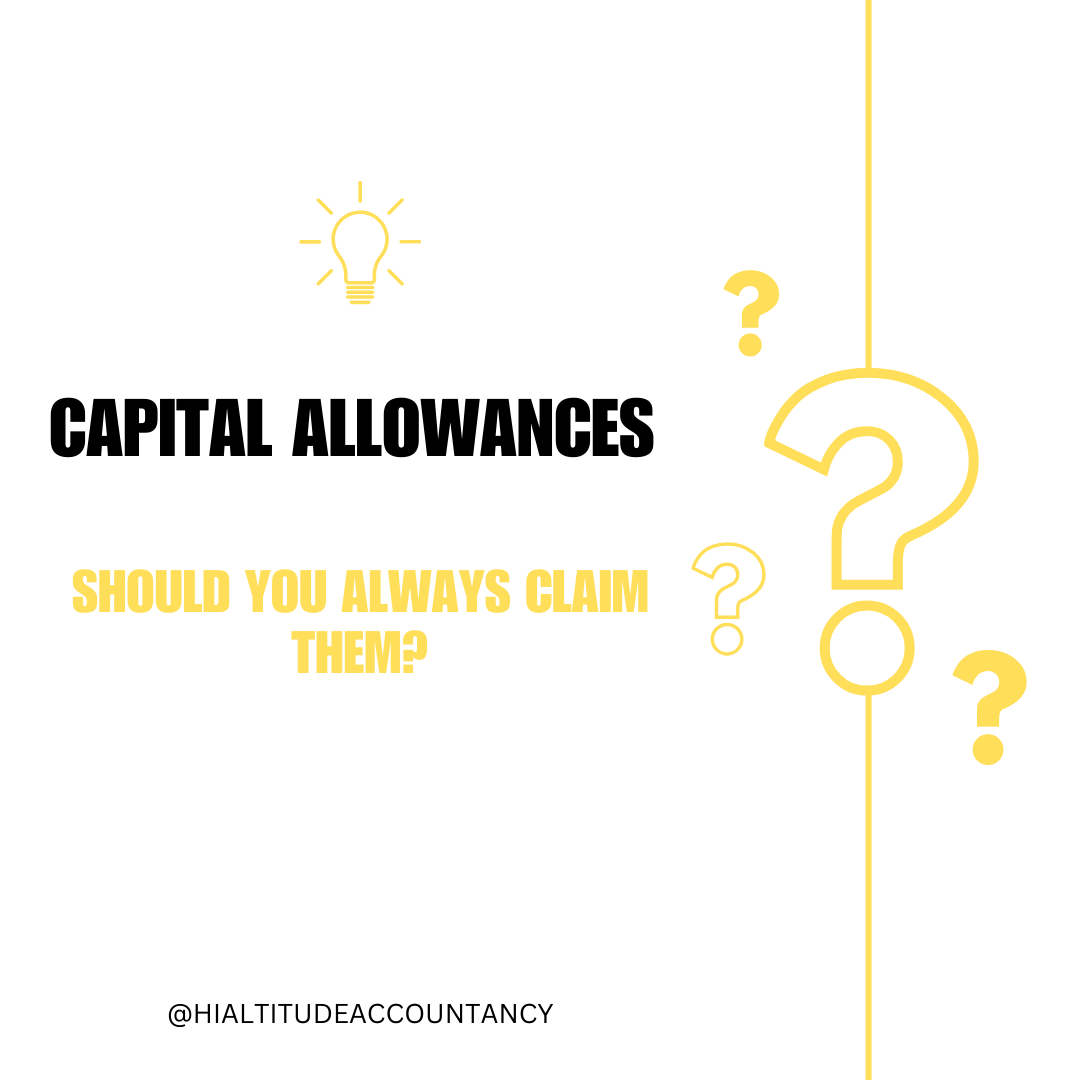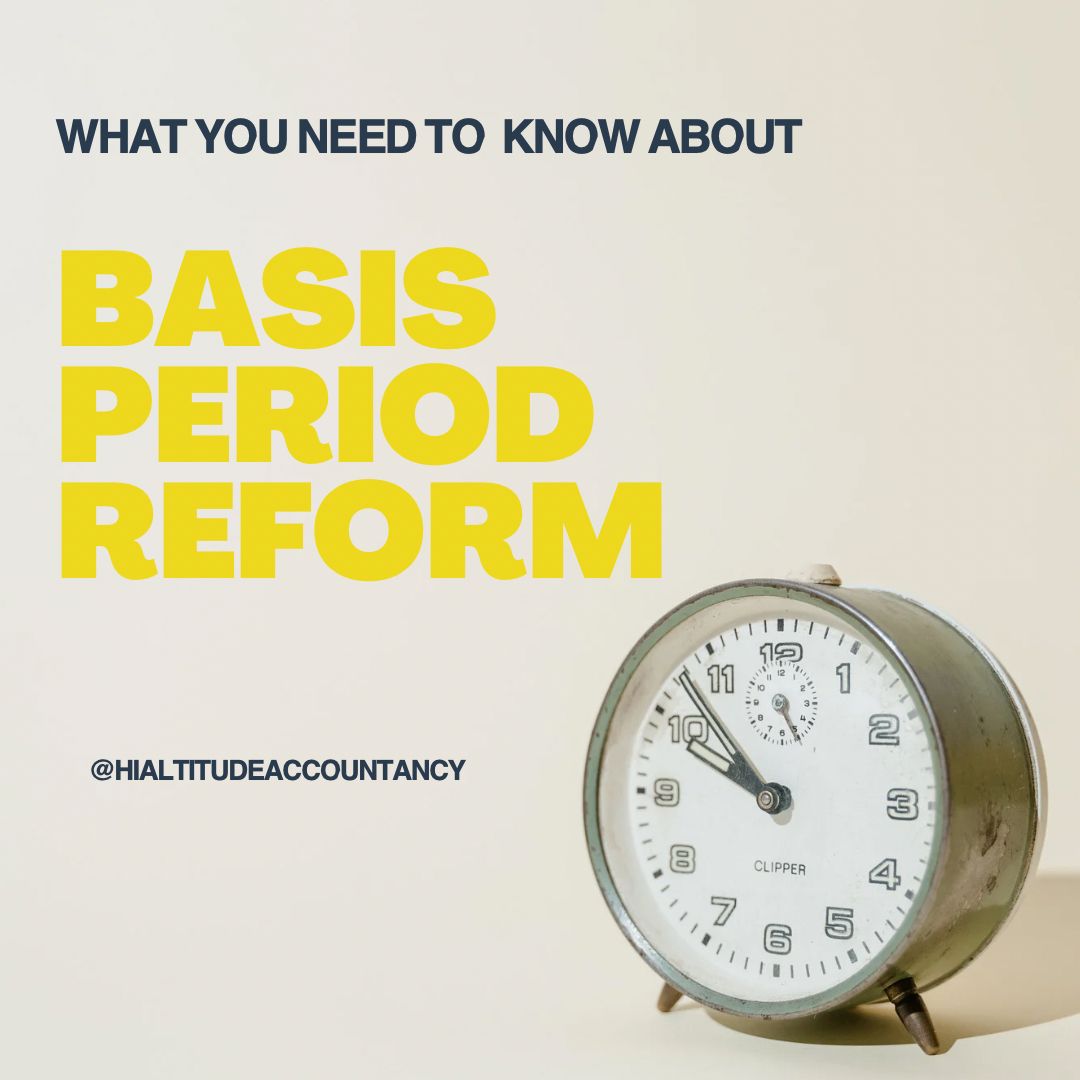Maternity & Paternity Leave & Pay
The lowdown on Statutory Maternity & Paternity pay for Employers and Employees

Becoming a parent or your staff becoming a parent is an exciting time of celebration!
Huge congratulations to you or your staff if you are at this point!
There are a few rules and regs around Maternity pay and Paternity pay to get your head around if as an employer you've never been in this situation before, or indeed been a parent before needing to claim SSP or SPP.
We've written this blog to give you some guidance on how it all works and look at some of the things that you need to be aware of and rules to follow to ensure the claim process is smooth running.
What is Statutory Maternity pay (SSP)?
Statutory maternity pay is an entitlement of payment for employees becoming parents who have worked for a company for 26 weeks or more before the end of what is called the 'qualifying week'.
The qualifying week is 15 weeks before the baby's due date. The 'Due date week' is taken from Sunday to Saturday. For instance if your baby is due on a Wednesday, the Due date week will be classed as the Sunday before that date.
The Qualifying week is then counted back from that Sunday to 15 weeks before.
Statutory Maternity Leave is 52 weeks.
Statutory Maternity Pay is paid for 39 weeks in total. For tax year 2022 to 23, the rate of entitlement is £180.00 per week for six weeks, followed by £156.66 for 33 weeks.
If an employee wishes to take the whole of their leave entitlement, the employer is not obliged to make payments beyond 39 weeks of leave.
If an employee is not entitled to SMP they can claim maternity allowance MA instead.
For this, the Employer needs to provide an SMP1 form to the Employee which can be downloaded here. This should be given once evidence via the MATB1 form is given to the employer as evidence to the pregnancy.
What rules have to be met to make an employee entitled to SSP?
There are four conditions which have to be met for an employee to qualify for SSP payments.
These are:
- Medical Evidence
- Notice period
- Worked long enough
- Earnings
Let's go into a little more detail about each one.
Medical Evidence
Evidence has to be supplied to the employer in the form of a MATB1 certificate or letter from a doctor confirming the pregnancy and the due date. This is given to every expectant parent to be which confirms a pregnancy. A copy of this will need to be provided to the employer for the employer record.
The latest that this can be given to the employer is 21 days before stopping work to take the leave. If the certificate or letter is not given to the employer before this time then they would not qualify for SSP.
Notice Period
A minimum of 28 days notice is needed for the employer before the leave starts.
Worked Long Enough
The employee must have worked for the company for at least 26 weeks by the end of the qualifying week.
This is 15 weeks before the baby's due date.
Therefore, the pregnancy must have been conceived while employed.
Earnings
The average earnings must be above the lower earnings limit to qualify for statutory maternity pay . For 2022/2023, this is £123.00 per week. The average earnings are worked out over 8 weeks into the qualifying period.
What can the Employer reclaim back on these payments?
An employer can claim back up to 103% of these payments depending on the company size.
You can reclaim 103% if your business qualifies for Small Employers’ Relief. You get this if you paid £45,000 or less in Class 1 National Insurance (ignoring any reductions like Employment Allowance) in the last complete tax year before:
- the ‘qualifying week’ - the 15th week (Sunday to Saturday) before the week of the due date
If the Class 1 NIC's are above £45,000, the amount that can be reclaimed is 92%.
What if the Employer cannot afford to make the payments?
You can apply for HM Revenue and Customs (HMRC) to pay you in advance if you cannot afford to make the statutory payments.
You can apply here
Paying back your advance payment
Send an Employer Payment Summary (EPS) for each pay period you reclaim statutory payments - even if you got an advance payment from HMRC to cover statutory payments to your employees.
If the statutory payments you reclaim are more than your PAYE deductions for that month, HMRC will automatically use what’s left to reduce what you owe on your advance payment.
Example
You have £2,500 in PAYE deductions to pay after sending your Full Payment Submission (FPS).
You reclaim £3,000 in statutory payments in your EPS.
Your advance payment will be reduced by £500 (£3,000 minus £2,500).
Keeping In Touch Days
Keeping in touch days are days where an employee can work up to 10 days whilst on leave to keep their entitlement of statutory maternity pay.
The employer cannot insist that they work during their leave.
Any more than 10 days worked and the employee would lose their SMP entitlement for that week.
Statutory Paternity Pay (SPP)
Paternity pay can be taken for one or two consecutive weeks after the baby is born.
Paternity leave must be taken within eight weeks of the birth and can be taken by the biological father or mother's partner.
Leave must be taken in one go.
Paternity leave must be taken to care for the Mother and child.
Entitlement criteria is similar to that of the Mother to be with the 4 elements being satisfied:
Evidence
An SC3 Declaration form from HMRC must be given to the employer which can be downloaded here.
Notice Period
15 weeks before the due date.
Worked Long Enough
The employee must have worked for the company for at least 26 weeks by the end of the qualifying week.
This is 15 weeks before the baby's due date.
Earnings
The average earnings must be above the lower earnings limit to qualify for statutory paternity pay . For 2022/2023, this is £123.00 per week. The average earnings are worked out over 8 weeks into the qualifying period.
Helpful Links:
HMRC Emplyer Guide
Statutory Maternity Pay and Leave: employer guide: Entitlement - GOV.UK (www.gov.uk)
HMRC Maternity Leave & Pay
Maternity pay and leave: Overview - GOV.UK (www.gov.uk)
ACAS - Your Maternity leave and rights
Checking your pregnancy and maternity rights: Your maternity leave, pay and other rights - Acas










